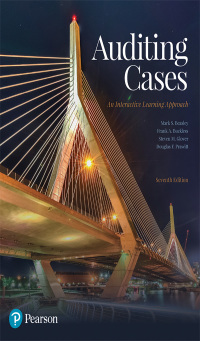Answered step by step
Verified Expert Solution
Question
1 Approved Answer
4- 2C, 90 (C, +C) KR K-R +G K (26,R (12.45) C, VK-R C From equation (12.44), * 20, R(K-R) C, +C), K (12.46) Substituting

4- 2C, 90 (C, +C) KR K-R +G K (26,R (12.45) C, VK-R C From equation (12.44), * 20, R(K-R) C, +C), K (12.46) Substituting values of and, in equation (1230), and simplifying we get 20.c, R(K-R) Co(9.1) V + K K-R V2C,C,R (12.47) VC+C VK Optimum time intervallo is given by K = 20 (C+C) RV , R(K-R) G+ K 2C, (12.48) V CVK-R CR 1.04 --- Equation (12.39) 2C, C, R(K-R) b9 VCC+C) C K-R 2C, R VC + C, V KVG (12.49) Particular cases If K = Le, production rate is infinity, equations (1245), (12.49) and (12.47) giving 4.1 and Co reduce to equations (12.23), (12.24) and (1225) for model 2(a). (If C = c.le, no shortages are allowed, equations (12.45), (12.48) and (12.47) reduce to (12.17), (12.18) and (12.19) for model 1(c) (6) If K = 0, C1 = 00, this model becomes model 1(a) and equations (12.45), (12.47) and (1248) reduce to equations (12.3). (12.4) and (122) respectively EXAMPLE 12.5-19 Find the results of example 12.5-2 if in addition to the data given in that problem the cost of shortage is also given as per unit per year. and -30 K
Step by Step Solution
There are 3 Steps involved in it
Step: 1

Get Instant Access to Expert-Tailored Solutions
See step-by-step solutions with expert insights and AI powered tools for academic success
Step: 2

Step: 3

Ace Your Homework with AI
Get the answers you need in no time with our AI-driven, step-by-step assistance
Get Started


